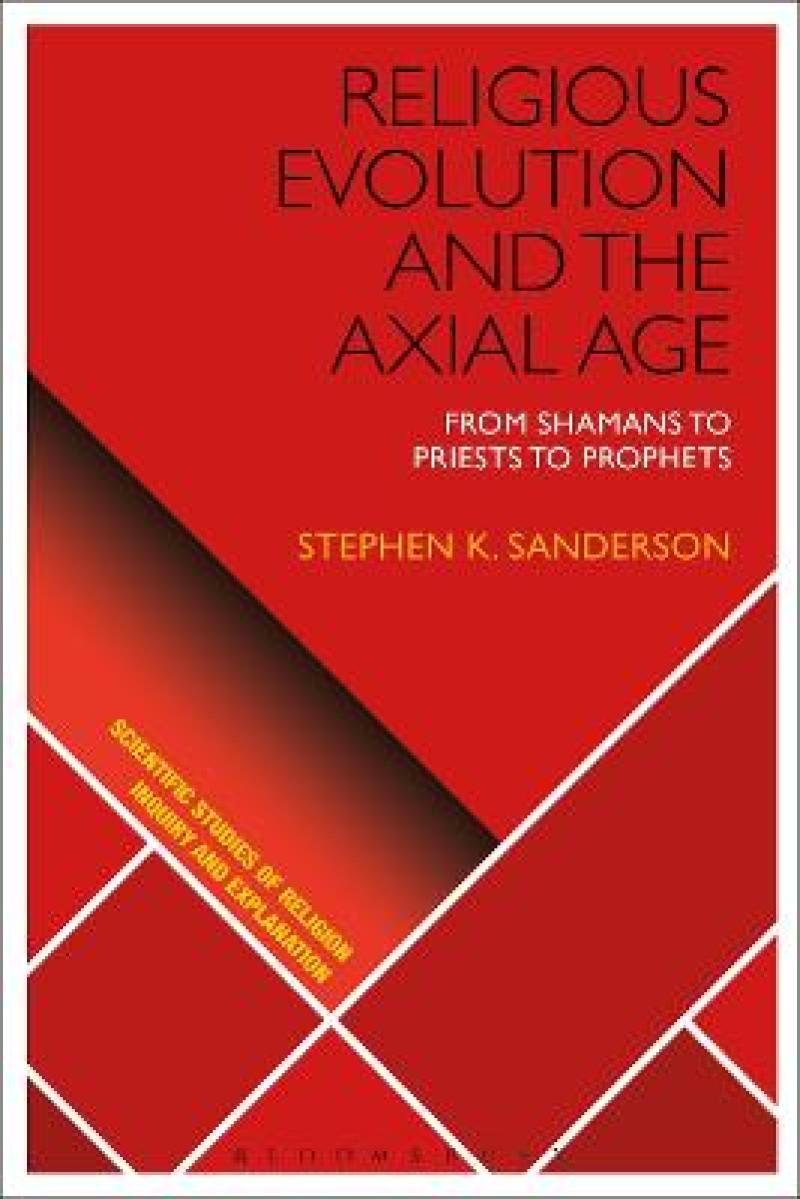This is a major contribution to the evolutionary study of religion. Sanderson masterfully engages both the rich historical scholarship on religion and the contemporary theoretical work on the evolution of religion, offering a novel and insightful analysis. The evolutionary study of religion is fortunate to have a scholar of such breadth, proficiency, and dedication wrestle with the most pressing questions in the field.
Richard Sosis, James Barnett Professor of Humanistic Anthropology, University of Connecticut, USA
Sanderson makes an important contribution to the question of diversity, arguing that religions are essentially biosocial adaptations to changing environments. This bold new theory deserves serious attention from, and systematic testing by, a wide range of scholars and scientists.
Harvey Whitehouse, Director of the Institute of Cognitive and Evolutionary Anthropology, University of Oxford, UK
Sanderson argues persuasively that such movements as the transcendental “world” religions of the Axial and subsequent ages reflect changing social conditions. These religions were responses, he holds, to increasing population pressures, political and ethnic alienation, and warfare, from which their adherents sought salvation.
Stewart Elliott Guthrie, Professor Emeritus of Anthropology, Fordham University, USA
Religious Evolution and the Axial Age describes and explains the evolution of religion over the past ten millennia. It shows that an overall evolutionary sequence can be observed, running from the spirit and shaman dominated religions of small-scale societies, to the archaic religions of the ancient civilizations, and then to the salvation religions of the Axial Age.
Stephen K. Sanderson draws on ideas from new cognitive and evolutionary psychological theories, as well as comparative religion, anthropology, history, and sociology. He argues that religion is a biological adaptation that evolved in order to solve a number of human problems, especially those concerned with existential anxiety and ontological insecurity.
Much of the focus of the book is on the Axial Age, the period in the second half of the first millennium BCE that marked the greatest religious transformation in world history. The book demonstrates that, as a result of massive increases in the scale and scope of war and large-scale urbanization, the problems of existential anxiety and ontological insecurity became particularly acute. These changes evoked new religious needs, especially for salvation and release from suffering. As a result entirely new religions—Zoroastrianism, Judaism, Christianity, Hinduism, Buddhism, Confucianism, and Daoism—arose to help people cope with the demands of the new historical era.
Preface and Acknowledgements
List of Figures
List of Tables
Prologue
1. What Religion Is
2. The Evolutionary Forms of the Religious Life
3. The Religions of the Axial Age
4. Explaining Religion
5. Religion as an Evolutionary Adaptation
6. The Sociocultural Evolution of Religion, 1: The Overall Pattern
7. The Sociocultural Evolution of Religion, 2: The Axial Age
8. Religion Past, Present, and Future
Appendix A. Codes for Stage of Religious Evolution in the Standard Cross-cultural Sample
Appendix B. Ancient Cities and Estimated City Sizes
Notes
Bibliography
Index
Scientific Studies of Religion: Inquiry and Explanation publishes cutting-edge research in the new and growing field of scientific studies in religion. Its aim is to publish empirical, experimental, historical and ethnographic research on religious thought, behaviour, and institutional structures.
The series works with a broad notion of 'scientific' that will include innovative work on understanding religion(s), both past and present. With an emphasis on the cognitive science of religion, the series includes complementary approaches to the study of religion, such as psychology and computer modelling of religious data. Titles seek to provide explanatory accounts for the religious behaviors under review, both past and present.
